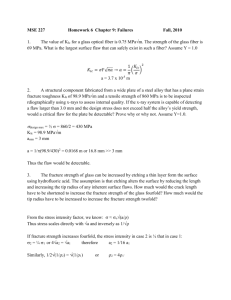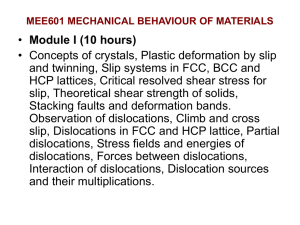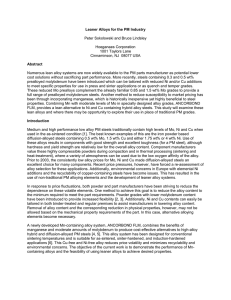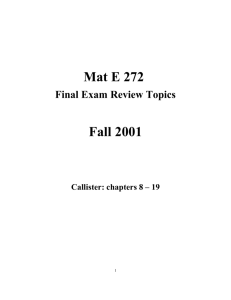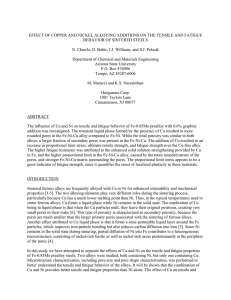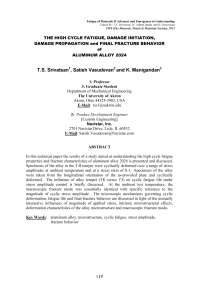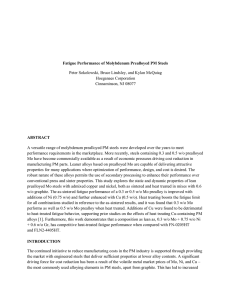08 Σεπτεμβρίου και ώρα 12:00
advertisement
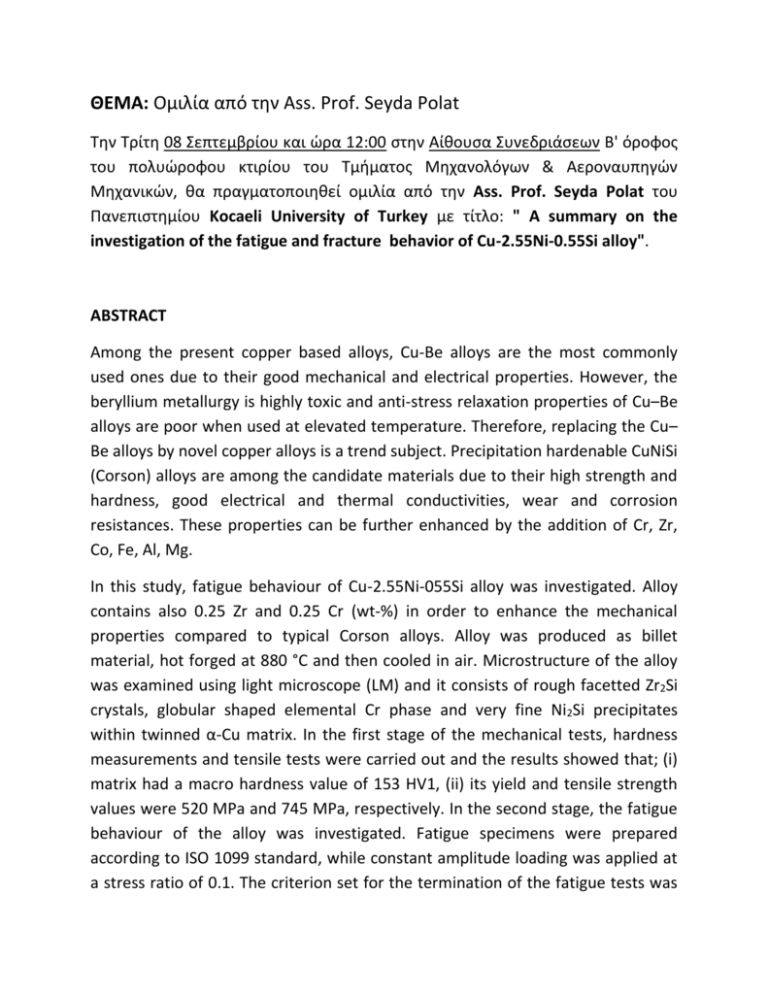
ΘΕΜΑ: Ομιλία από την Ass. Prof. Seyda Polat Την Τρίτη 08 Σεπτεμβρίου και ώρα 12:00 στην Αίθουσα Συνεδριάσεων B' όροφος του πολυώροφου κτιρίου του Τμήματος Μηχανολόγων & Αεροναυπηγών Μηχανικών, θα πραγματοποιηθεί ομιλία από την Ass. Prof. Seyda Polat του Πανεπιστημίου Kocaeli University of Turkey με τίτλο: " A summary on the investigation of the fatigue and fracture behavior of Cu-2.55Ni-0.55Si alloy". ABSTRACT Among the present copper based alloys, Cu-Be alloys are the most commonly used ones due to their good mechanical and electrical properties. However, the beryllium metallurgy is highly toxic and anti-stress relaxation properties of Cu–Be alloys are poor when used at elevated temperature. Therefore, replacing the Cu– Be alloys by novel copper alloys is a trend subject. Precipitation hardenable CuNiSi (Corson) alloys are among the candidate materials due to their high strength and hardness, good electrical and thermal conductivities, wear and corrosion resistances. These properties can be further enhanced by the addition of Cr, Zr, Co, Fe, Al, Mg. In this study, fatigue behaviour of Cu-2.55Ni-055Si alloy was investigated. Alloy contains also 0.25 Zr and 0.25 Cr (wt-%) in order to enhance the mechanical properties compared to typical Corson alloys. Alloy was produced as billet material, hot forged at 880 °C and then cooled in air. Microstructure of the alloy was examined using light microscope (LM) and it consists of rough facetted Zr2Si crystals, globular shaped elemental Cr phase and very fine Ni2Si precipitates within twinned α-Cu matrix. In the first stage of the mechanical tests, hardness measurements and tensile tests were carried out and the results showed that; (i) matrix had a macro hardness value of 153 HV1, (ii) its yield and tensile strength values were 520 MPa and 745 MPa, respectively. In the second stage, the fatigue behaviour of the alloy was investigated. Fatigue specimens were prepared according to ISO 1099 standard, while constant amplitude loading was applied at a stress ratio of 0.1. The criterion set for the termination of the fatigue tests was either the fracture of the specimen or the limit of 5E6 fatigue cycles. Different stress levels were selected, aiming at deriving the S-N curve of the material. The S-N diagram involves the data and fitted curve according to Weibull statistics. According to the derived fitting parameters of the Weibull regression analysis, the fatigue limit was calculated as 170 MPa. All tested surfaces were examined by scanning electron microscope (SEM) to determine the fracture behaviour. In general, the secondary phase particles (especially facetted crystals) contributed to crack propagation and fracture surfaces exhibited typical tracks indicating dimple rupture, intergranular/transgranular rupture and fatigue rupture as a function of applied σmax. At both 400 and 300 MPa, fracture surfaces of the alloy had very narrow zone having fatigue tracks (striations) and exhibited mixed fracture of dimple and transgranular ruptures in its final fracture region. However, at σmax values lower than 250 MPa, it was observed that; (i) the striations spread to a larger area on the fracture surface, (ii) the fracture mode changed to intergranular rupture not only at the grain boundaries but also at twinned surfaces.

